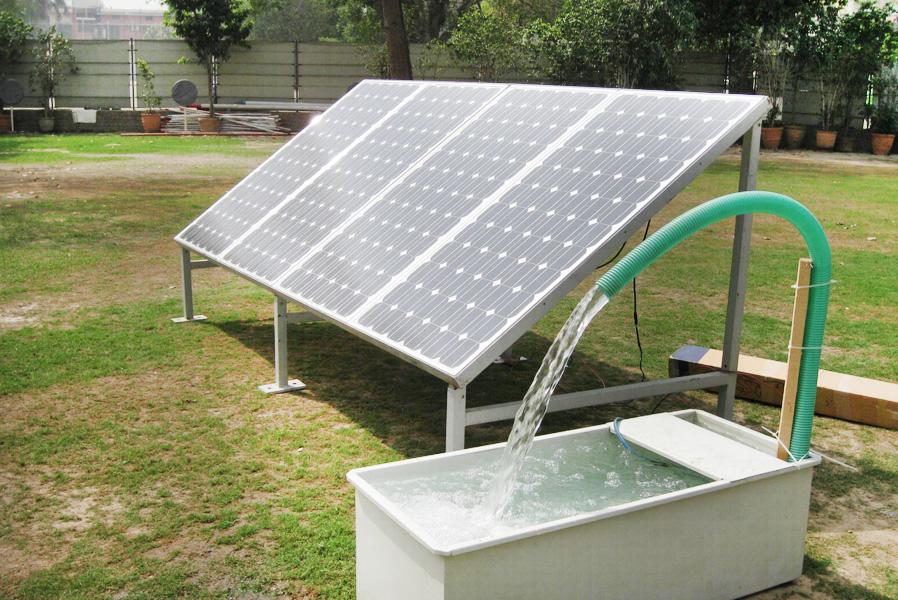
How Pumps Differ Depending on Operating Method and Power Means
If you’re someone living in rural Australia or simply have access to a lot of bore water, which you can make use of for agricultural and industrial purposes, then you probably understand the importance of having a proper water pump to help you transport the water from one place to another. Water pumps provide a wide variety of services – from circulating water in industrial settings to simply watering crops. As such, investing in one can be the difference between a successful working operation or even a successful year for your crops, and complete and utter failure.
But before you open up your wallet, it’s important to understand the different types of pumps available and how they differ. They differ in the way they’re powered (fossil fuel, electric and solar water pumps) and how they’re designed to operate (centrifugal and positive displacement). All of these types have their pros and cons, and deciding which type you will go for should be dependent on your needs. Some power sources work better with certain designs, but the pump you choose should mostly depend on the availability of said power supply, as some people don’t have access to diesel, for instance. Let’s take a look at the different means of power and way of operation.
- Fossil fuels – the most popular power source for water pumps as it is inexpensive and relatively easy for the average homeowner or industrial worker to access. Fossil fuel pumps are capable of quickly transferring high volumes of water and are great in agricultural settings.
- Electric – this is the most popular type of pumps used by homeowners, which means electric pumps are mostly used for domestic applications. However, they are capable of working anywhere where electricity is available. Some pumps can be battery powered as well which enables them to be portable.
- Solar energy – these pumps are the future, as we’re slowly transitioning from fossil fuel to renewable energy. Not only do you save a lot of money by investing in solar water pumps, but you’re also reducing your carbon footprint. Solar pumps are most commonly used in residential settings and they extend their use to the garden.
Centrifugal Pumps
Centrifugal pumps are also known as velocity pumps as they use velocity to add kinetic energy to liquids. They can safely be operated while the valves are closed, without producing large pressure buildups. However, they’re not very good at maintaining constant speeds. They’re great for use with water, although their efficiency will decline as the viscosity of the liquids increases.
Positive Displacement Pumps
These pumps trap a fixed amount of liquid before forcing it into the discharge pipes. Because of the expanding and decreasing cavities, these pumps are capable of operating with a steady flow at a constant speed. Although they are commonly used for pumping water, they’re used for pumping other liquids as well.


No Comments